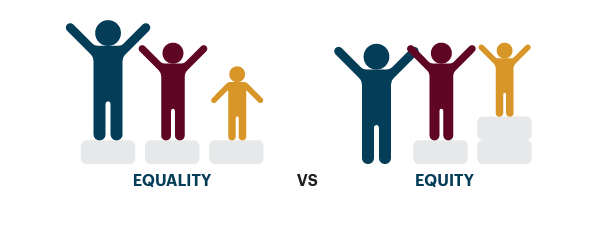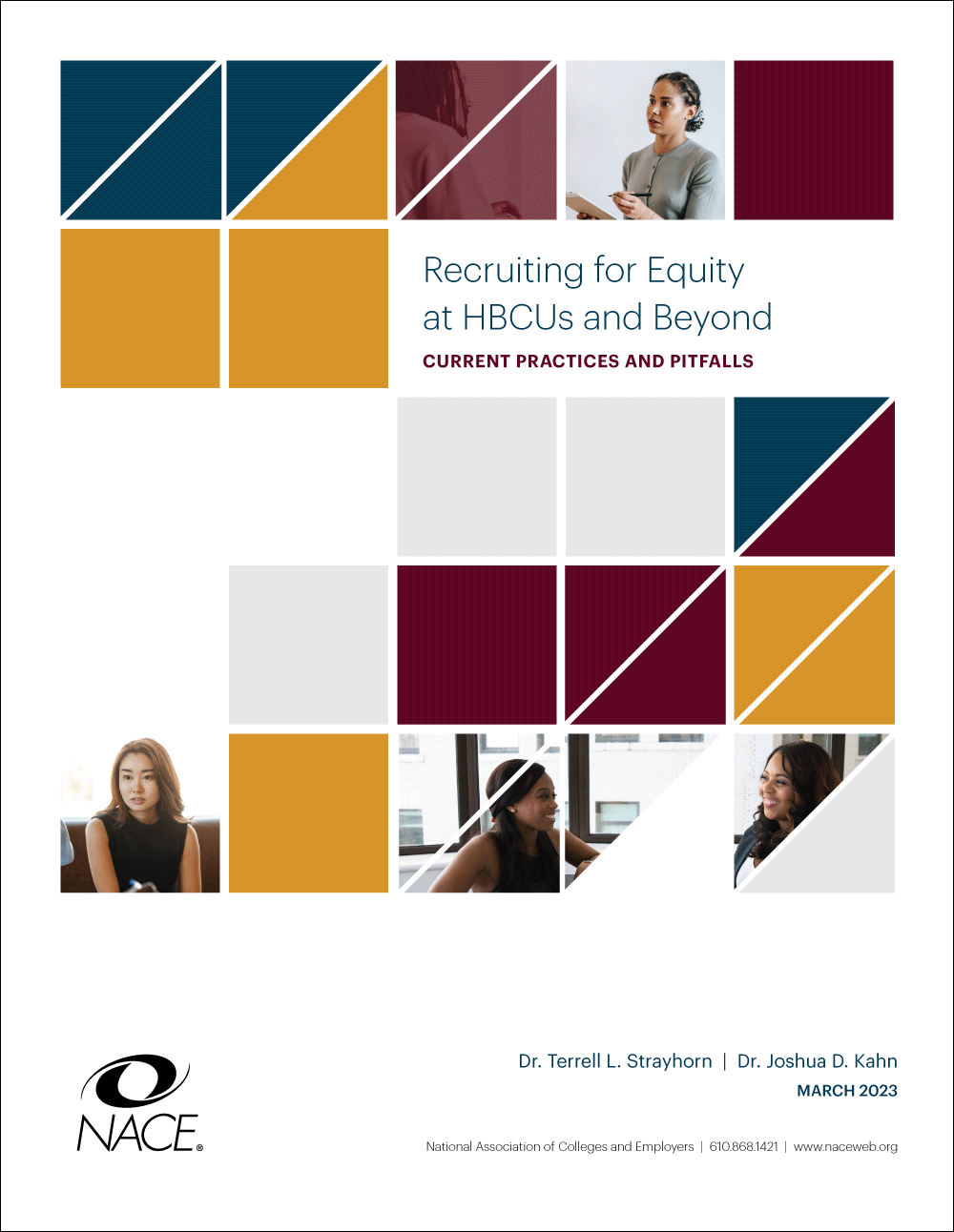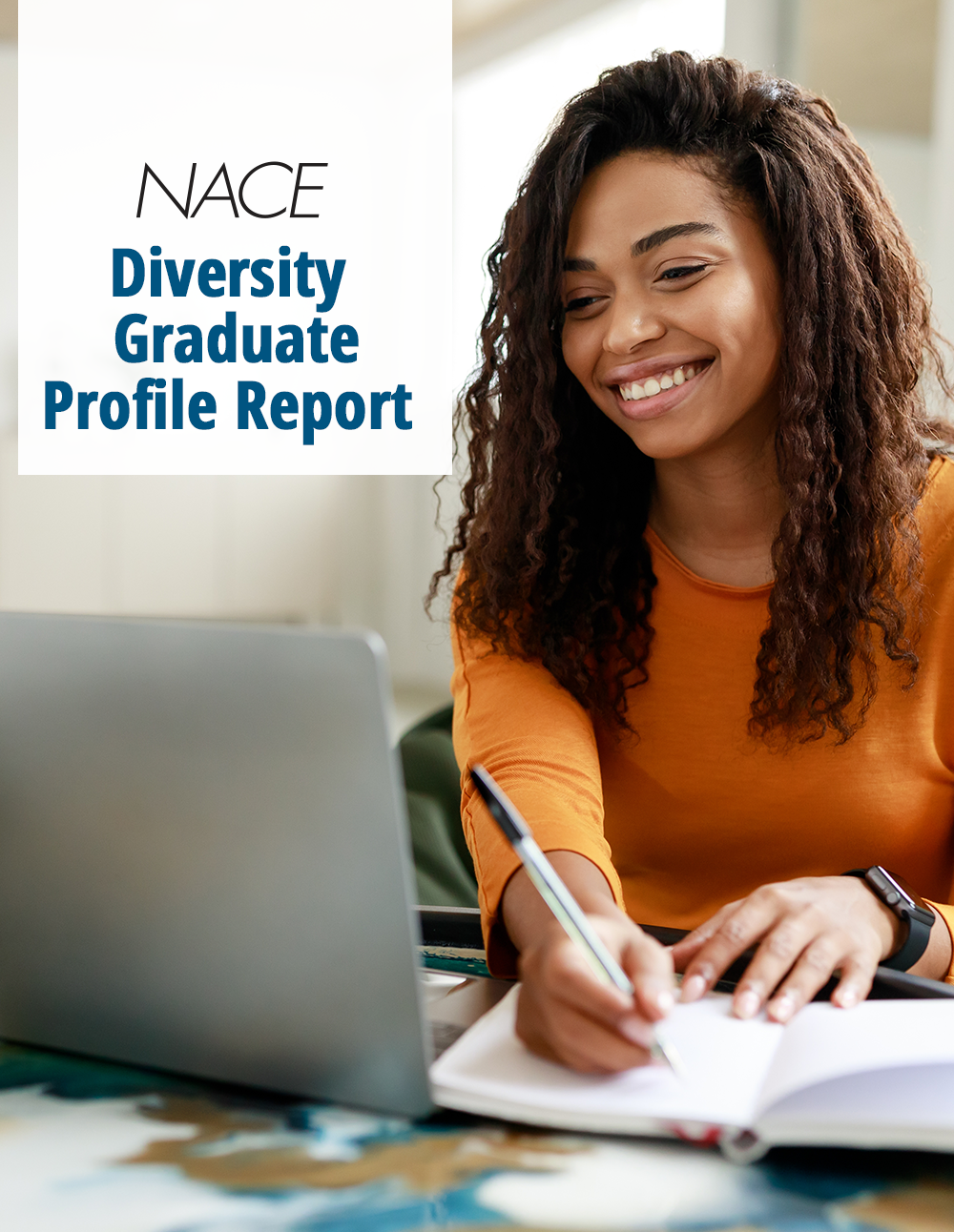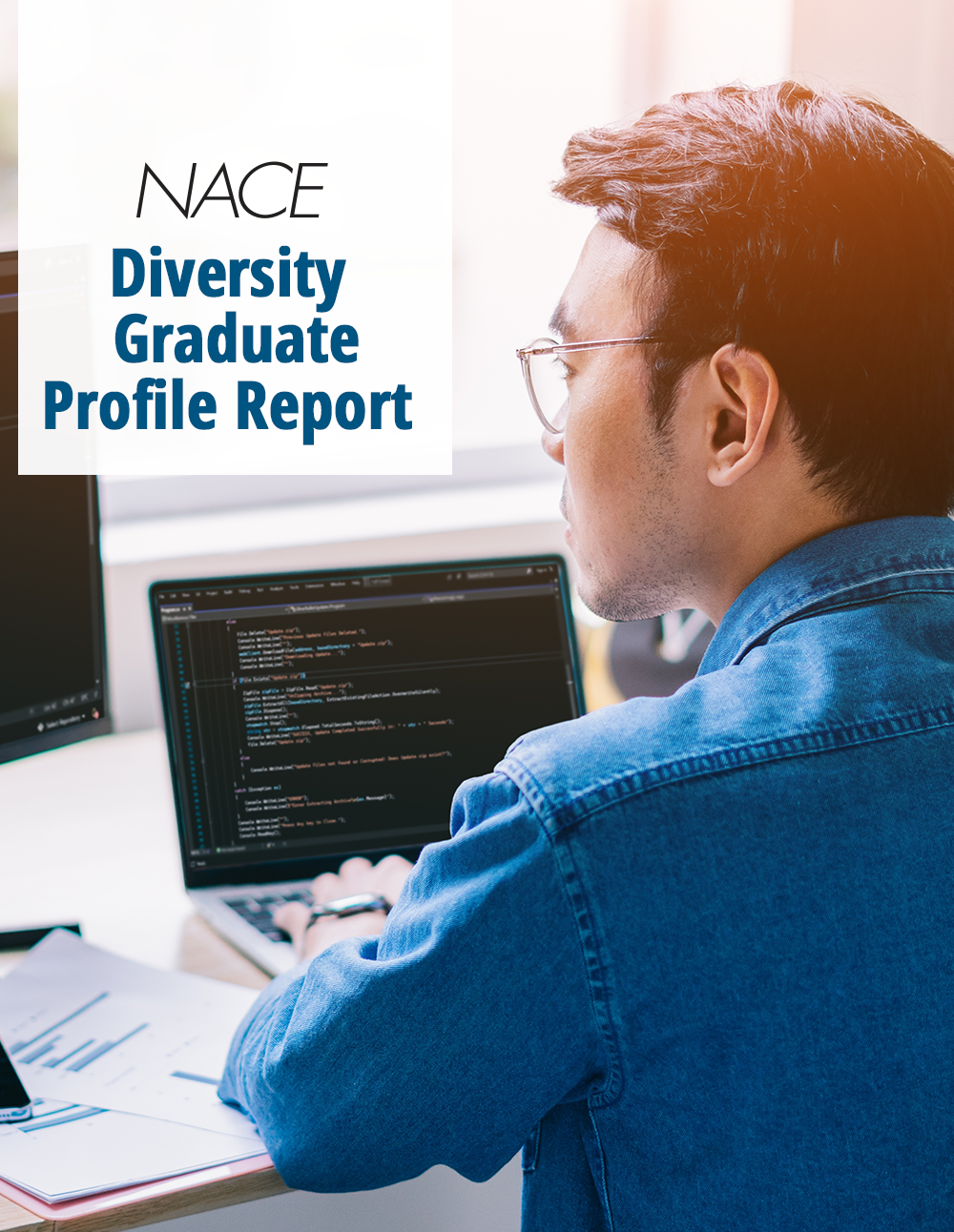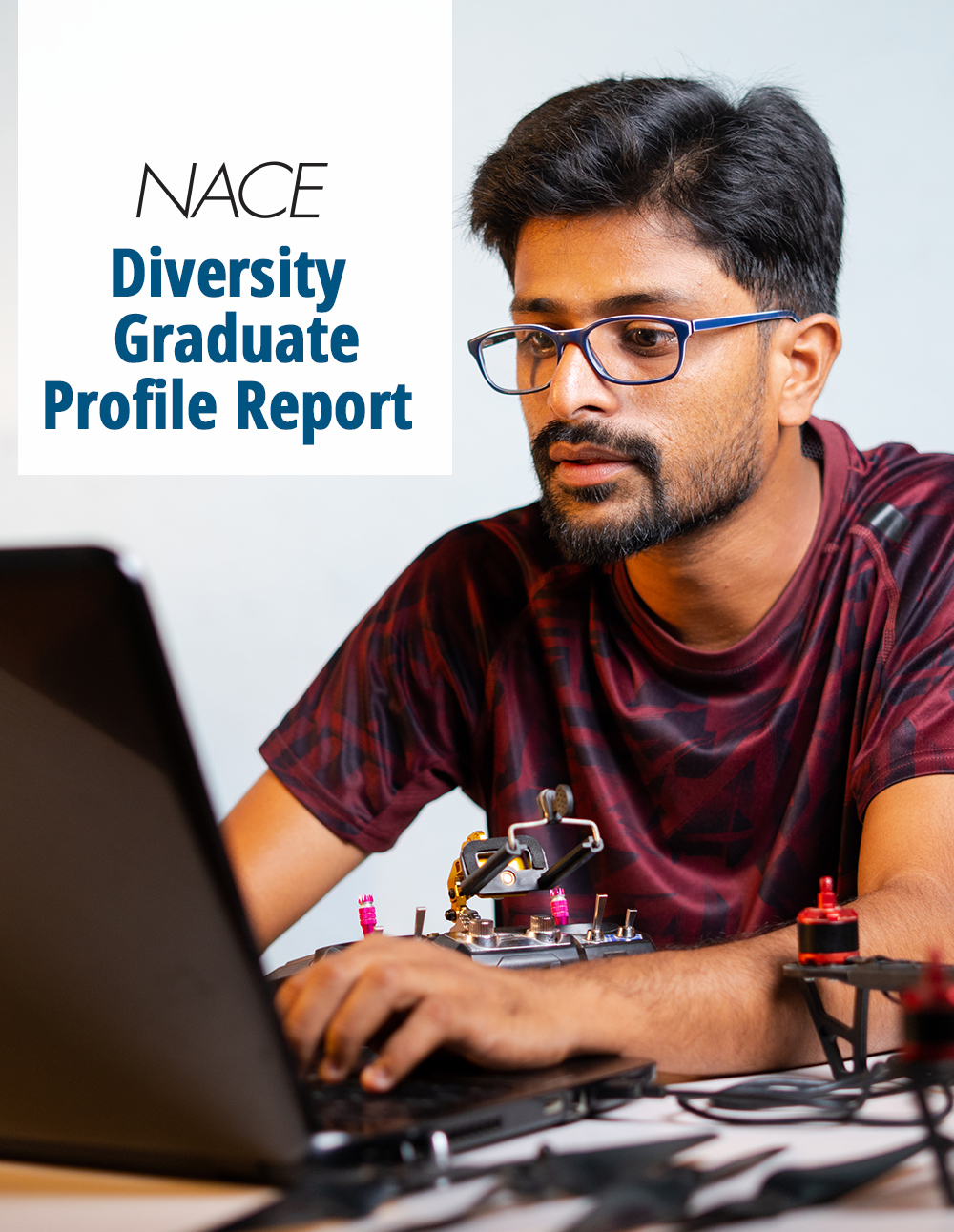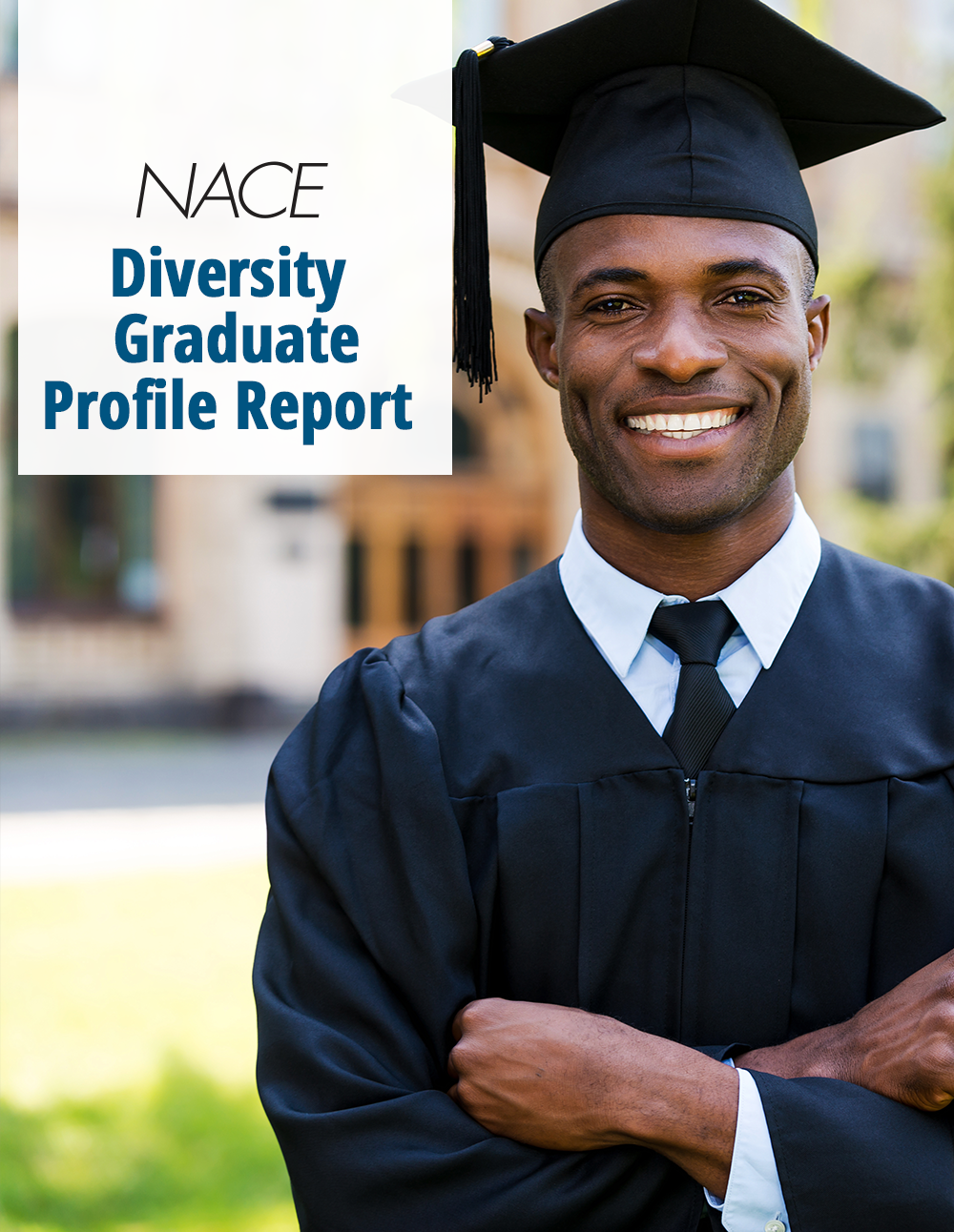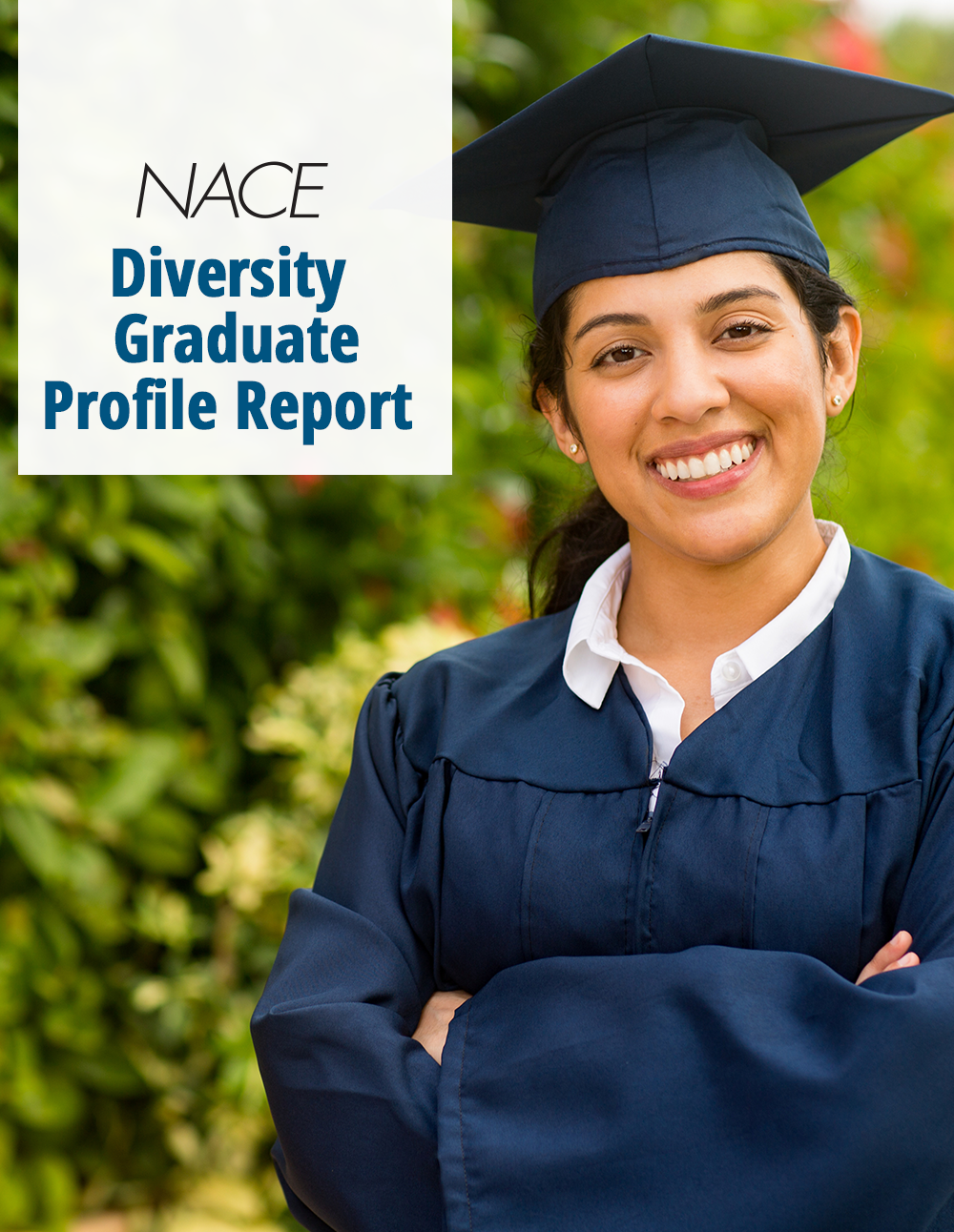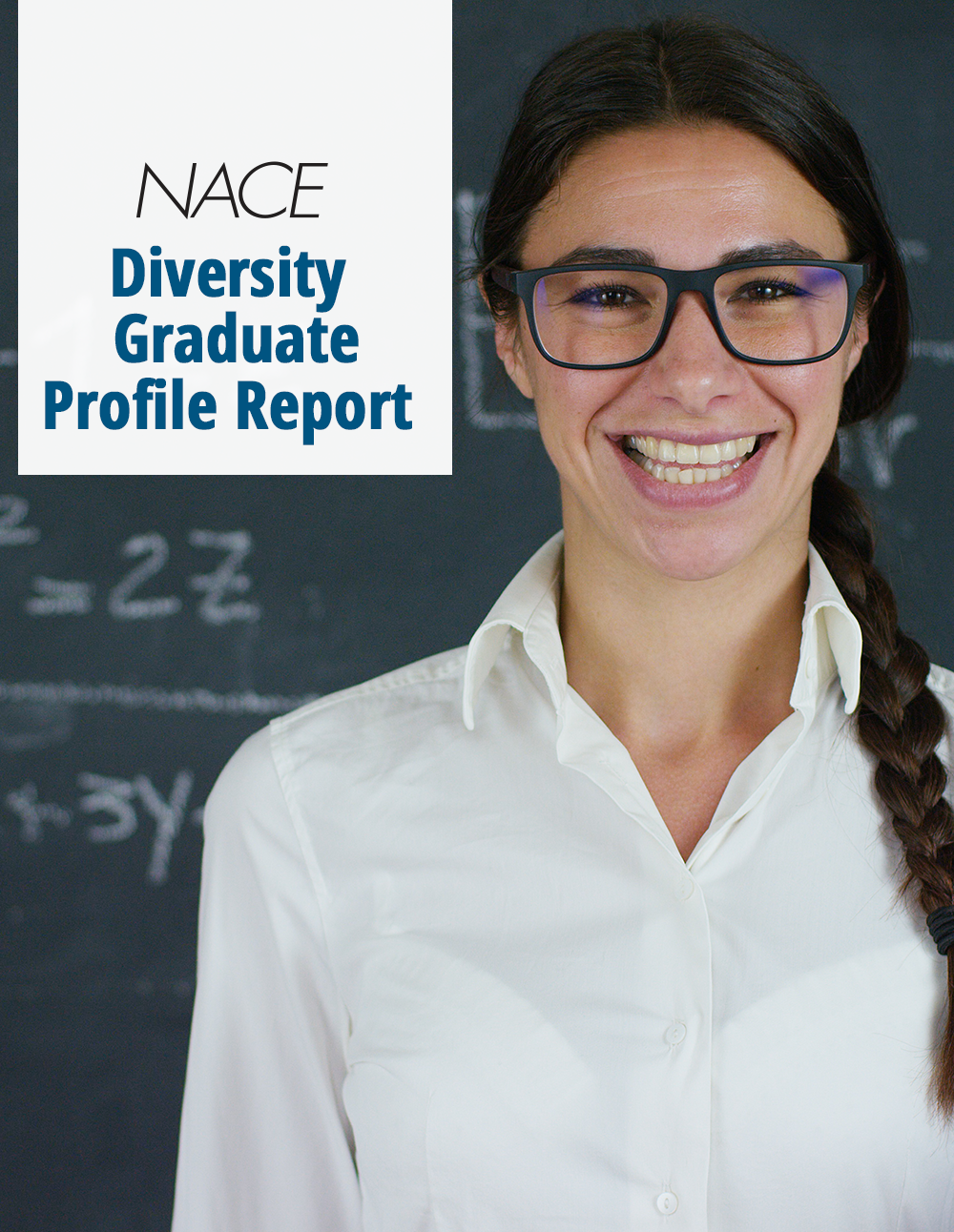By the Principles for Ethical Professional Practice Committee
Scenario: A faculty member is approached by Corporation X, a frequent campus recruiter and financial contributor to the institution, for assistance with recruiting efforts. Coupled with the promise of an unrestricted donation to the academic department, Corporation X asks for the resumes of the faculty member’s top five students. The faculty member agrees to provide them and even rank orders the students for the recruiter. A week later Corporation X cancels its reservation for the fall job fair and schedule of interviews in the career center. Dismayed that Corporation X will not visit campus this year, a student asks the career center if there is a way to contact the company. She explains that several of her fellow students’ resumes were provided to Corporation X by their professor, and they now have onsite interviews. In a subsequent call to the faculty member, the career center director (CCD) learns of the arrangement with Corporation X. To the CCD’s surprise, the faculty member doesn’t see an issue.
Questions: What responsibility does the CCD have in this situation? Which of the Principles for Ethical Professional Practice are relevant to this situation? What options does the career center have in responding and what are the possible consequences?
Analysis: Before taking action, it is wise for the CCD to consider the multiple perspectives of the constituents. By providing an external screening process Corporation X believes is reliable, the faculty member enables the company to bypass normal campus recruitment efforts and avoid consideration of perhaps hundreds of applicants. From the employer’s perspective, this may be attractive not only in terms of cost and efficiency, but also a more certain way to secure the best candidates. From the faculty member’s perspective, the request from Corporation X is reasonable considering the generous gift the company is prepared to make, and the result is a “win-win-win” for everyone: the company secures top candidates, the department gets additional funding, and students get interviews.
From the perspective of students bypassed by this external screening process, what happened is patently unfair. They had no knowledge of the selection criteria applied by the faculty member and were not given the chance to make their case to the faculty member that their application materials should be forwarded to the employer. Further, the students were not even aware that there was an opportunity to be recruited by Corporation X. A student may feel that they were purposefully excluded from the opportunity to consider or electively pursue employment with the company due to a number of factors, such as personal bias (because they did not build a personal relationship with the faculty member) or membership in a protected class (because of their race, color, gender, gender identity, transgender status, ethnicity, sexual orientation, religion, national origin, disability, age, or any other characteristic protected by state, federal, or local law, statute, or regulation).
For the CCD, this is an issue of equitable access to opportunity. Through managed career events and on-campus interviews, all students have a chance to compete for opportunities based on objective, published criteria. When a faculty member screens candidates on behalf of a corporation, a student that was not referred may explore raising an equal employment opportunity or ethics complaint through the university or an external agency. This could result in significant legal liability for the educational institution.
Furthermore, the precedent set by this arrangement could lead to a group of the better-resourced employers seeking to bypass open recruitment practices, attaining treatment not accessible for employers that cannot offer special funding to departments or other campus entities. In other words, the practice violates fair and equitable hiring practices, both for other students as well as for other employers.
It is imperative that the CCD address the violation of equitable access campus recruiting practices with both the faculty member and the employer.
Principles: Principle 3 states: “Ensure equitable access without stipulation or exception relative to contributions of financial support, gifts, affiliation, or in-kind services.” Principle 4 states: “Comply with laws associated with local, state, and federal agencies, including but not limited to EEO compliance, immigration, and affirmative action.”
Options for Resolution: Responding to this particular situation requires diplomacy while communicating the underlying principles of equity to access and adhering to the laws that guide such actions. Keep in mind that part of the career center’s mission is bridge building. Students, employers, and faculty are all constituents of the center. In this case, one of the constituents is being negatively impacted by the actions of the others. The CCD’s goal is to help the faculty member and the employer recognize the ways in which their actions were harmful, counter-productive, and possibly illegal.
Faculty members, who indeed get to know individual students in a way campus support units do not, may bristle at the insinuation that they should not have a role in screening students they instruct. After all, faculty are frequently asked to write recommendations in which a reckoning of the student’s skills and strengths is provided. The department that would receive the corporate financial support may ask what business is it of the career center to interfere with a mutually beneficial arrangement. This can be especially problematic if the company representative is a personal friend of the faculty member and/or a prominently placed alum who also donates individually to the university. Disruption of this agreement could cost the department some much-needed financial support and goodwill with a donor, as well as impede opportunities for the selected students.
Clarifying questions for the CCD include:
- Is it potentially a legal matter with respect to EEO guidelines?
- Is it potentially an ethics violation?
- Is it in conflict with the institution’s commitment to equity and inclusion?
Further information gathering on the part of the CCD to determine whether this situation presents a clear conflict of interest as set forth by the institution's policies may include:
- Consultation with the university's diversity, equity, and inclusion officers.
- Consultation with legal officers.
- Consultation with the CCD's supervisor.
Conveying this information respectfully to the faculty member—as an agent seeking resolution to the dilemma rather than as an enforcer or adversary—is the best way to open a dialogue.
Preferably, the exchange would occur in person between the faculty member and the CCD. If the faculty member is resistant to meeting or responds negatively, the CCD should consider including the department chair or an assistant dean. It may also be advisable to include the CCD’s supervisor. Reference to NACE’s Principles for Ethical Professional Practice may provide a framework for discussion, but the approach should be one that acknowledges the multiple interests at stake, including the institution's commitment to equity and inclusion.
A number of options may be considered. First, the faculty member can assist in Corporation X’s recruitment efforts that do not involve screening out or ranking students, or eliminating the opportunity for students not personally known to the faculty member. For example, faculty members can encourage all students in the department’s classes to take a look at the Corporation X opportunities and consider applying. An alum from the company could be invited to speak in class, or to a student organization the faculty member advises, about how their work relates to what the students studied, thus increasing student interest in the company. Second, a coordinated attempt—involving the career center and the department—to re-involve Corporation X in broader-based recruiting activities, such as the career fair and/or on-campus recruiting, should be made. Most importantly, the CCD should seek to include the academic department and the engaged faculty member in crafting a solution.
The CCD should also hold a constructive discussion with the recruiter, who may have been acting opportunistically or out of ignorance. Also, it should not be assumed that the recruiter was following the company’s recruitment policies. If necessary, a conversation with a higher authority in Corporation X’s human resources hierarchy may be warranted. Appealing to the goal of sustainable, equitable recruitment success should be the focus so as to ensure the goal—equity of access to opportunity. A case can be made that limiting interviews to only “hand-picked” students may backfire, both because it causes the company to miss out on excellent candidates who were subjectively excluded, and because it may produce a negative reputation among students denied a chance to apply. In addition, it may be advisable to review the company’s recruitment focus: Is it artificially narrow? Or, if the company feels that its previous broad-based recruitment efforts resulted in too many unqualified applications, perhaps the objective qualifications could be tailored to produce a more appropriate candidate pool.
Additionally, the CCD could talk with the recruiter about the company’s diversity recruiting goals, emphasizing that limiting a candidate pool to only those students known to one faculty member is jeopardizing the company’s ability to connect with students from diverse backgrounds.
Other Considerations: In addition to the particular scenario described above, an expectation for direct referrals may be involved in other situations as well, e.g., personal/professional relationships, a trustee/advisory board member who represents a recruiting organization, alumni employers, employers doing a lot of hiring, and so forth. In these cases, the same options for resolution and considerations should apply.
After the discussions with the faculty member and the employer, it may be advisable to launch an education initiative for academic partners. With input from deans or other university administrators, including the institution’s chief diversity officer, materials may be developed that inform faculty of policies and other considerations in the event they are approached by employers to make candidate referrals. The career center should be cited as a consultation resource eager to assist when these issues arise. By offering this assistance, the career center may minimize uncomfortable conversations for faculty or others approached by recruiting employers. In addition, the CCD may seek invitations to discuss the topic at departmental meetings or address new faculty at orientation programs.
The initiative should be taken as an opportunity to educate faculty broadly about the role the career center plays for students and employers. Many may not be aware of the mission, resources and services, or existing programs and events organized by the center. The initiative may include the development/fundraising and corporate/foundation relations functions of the institution that have a parallel stake in employers successfully recruiting graduates.
A review of current recruitment policies for employers may also be in order to ensure the policies are up to date and readily accessible. For employers posting positions through the career center or participating in on-campus recruiting, the career center can solicit compliance with the policies prior to granting access to programs and systems. The key going forward is to elevate the conversation about policies and procedures to a value-based discussion of commitment to equity of opportunity for all.
Reviewed and revised by the 2024 Principles for Ethical Professional Practice Committee.
